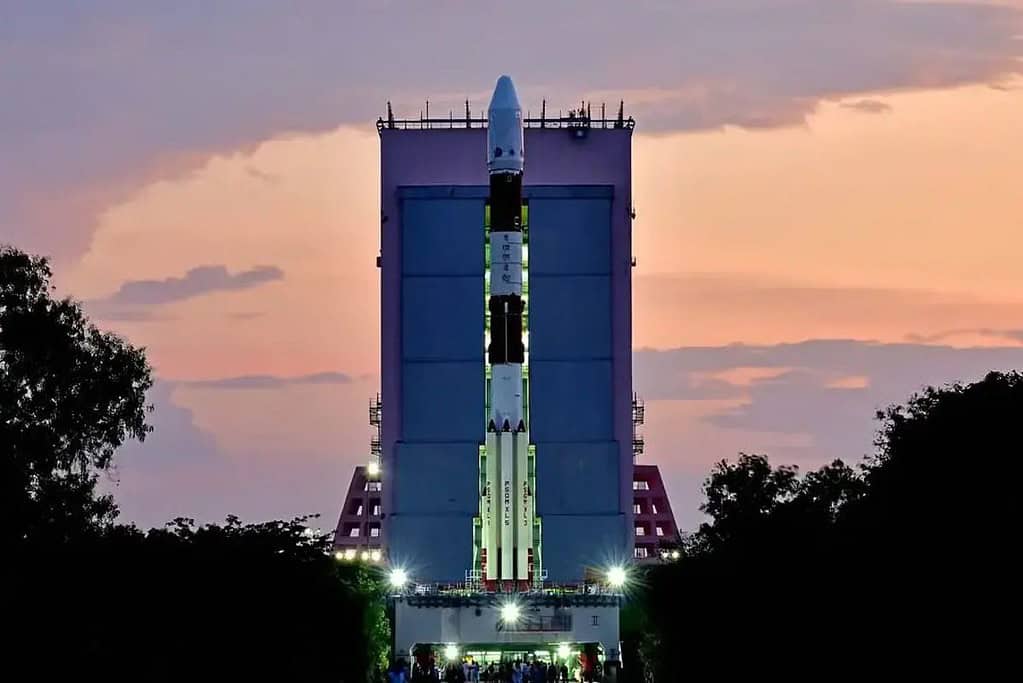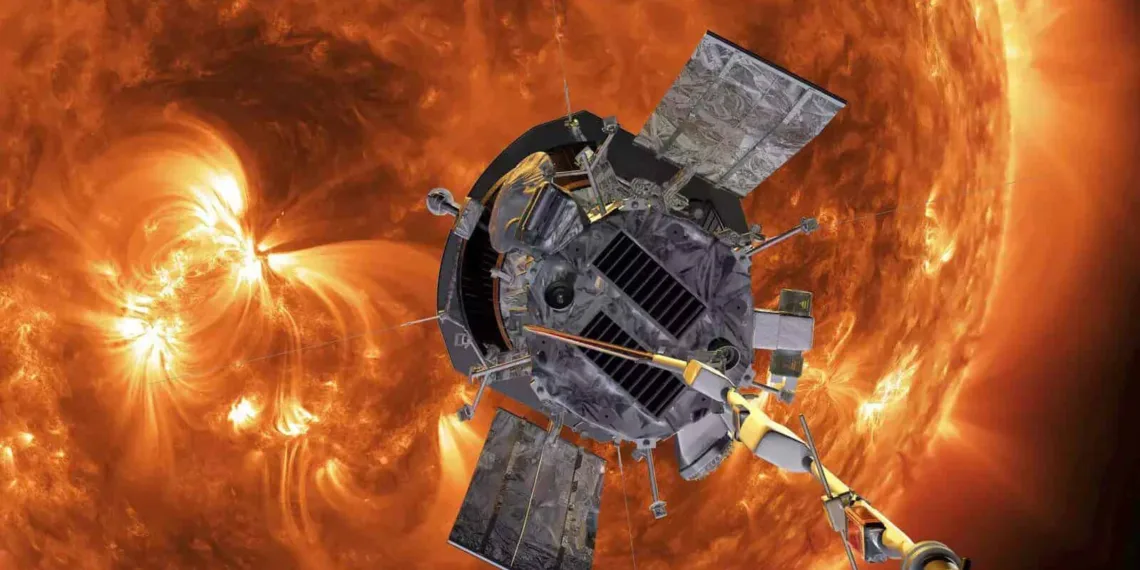Aditya L1
After the successful Chandrayaan-3 mission, the Indian Space Research Organization (ISRO) is preparing for the launch of its inaugural solar mission called ‘Aditya-L1‘ which aims to conduct research on the Sun. The scheduled launch of Aditya L1 is set for September 2, 2023, at 11.50 am (IST) from Sriharikota. ISRO provided an update stating that the launch rehearsal for Aditya L1, specifically the internal checks of the vehicle, has been successfully completed. ISRO shared this information via a tweet on X (formerly Twitter).

India’s inaugural space-based solar mission, known as Aditya-L1, has been built at the U.R. Rao Satellite Centre in Bengaluru and transported to the Sathish Dhawan Space Centre in Sriharikota on August 14, 2023, as reported by the ISRO. According to the Indian Space Research Organisation (ISRO), the Aditya-L1 mission will be launched using the ISRO PSLV rocket from the Sathish Dhawan Space Centre SHAR (SDSC SHAR) in Sriharikota. Initially, the spacecraft will be positioned in a low Earth orbit (LEO).
The spacecraft will then be maneuvered into an elliptical orbit to reach the Earth-Sun system’s Lagrange point L1. It is estimated that the entire journey, from launch to reaching L1, will take approximately four months.
Aditya L1: Study of The Sun From Space?
The Sun, a hot celestial body composed of hydrogen and helium gases, is approximately 4.5 billion years old. It is the closest star to Earth and also the largest object within our solar system. By studying the Sun in depth, valuable insights can be gained regarding its eruptive thermal and magnetic activities. These activities, if directed towards Earth, have the potential to create significant disruptions in the surrounding space environment.
The core of the Sun is the hottest region, reaching temperatures of up to 15 million degrees Celsius. It is in this region where nuclear fusion reactions occur, which is the process responsible for generating the immense power of the Sun.

The photosphere, which is the visible surface of the Sun, is cooler compared to its other layers, with a temperature of around 5,500 degrees Celsius. The primary objective of the Aditya L1 mission is to consistently monitor solar activities. The instruments installed on the spacecraft will specifically study the photosphere, chromosphere, and the corona, which are the outermost layers of the Sun.
The Sun releases a vast amount of energy in the form of harmful radiation and light in various wavelengths within the solar system. However, these emissions are unable to reach the surface of the Earth due to the protective shield provided by the planet’s atmosphere and magnetic field. Consequently, it is challenging for Earth-based instruments to detect and study such solar activities. As a solution, the Aditya L1 mission aims to conduct these studies from space, free from the influence of Earth’s magnetic field.
Read More: Aditya L1 Mission: Exploring the Sun and its Impact on Earth
FAQs








